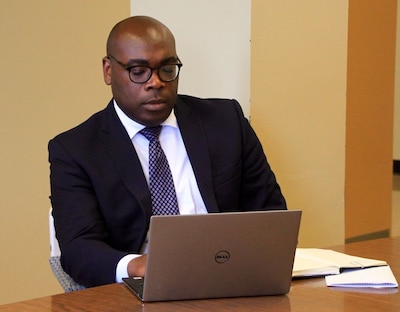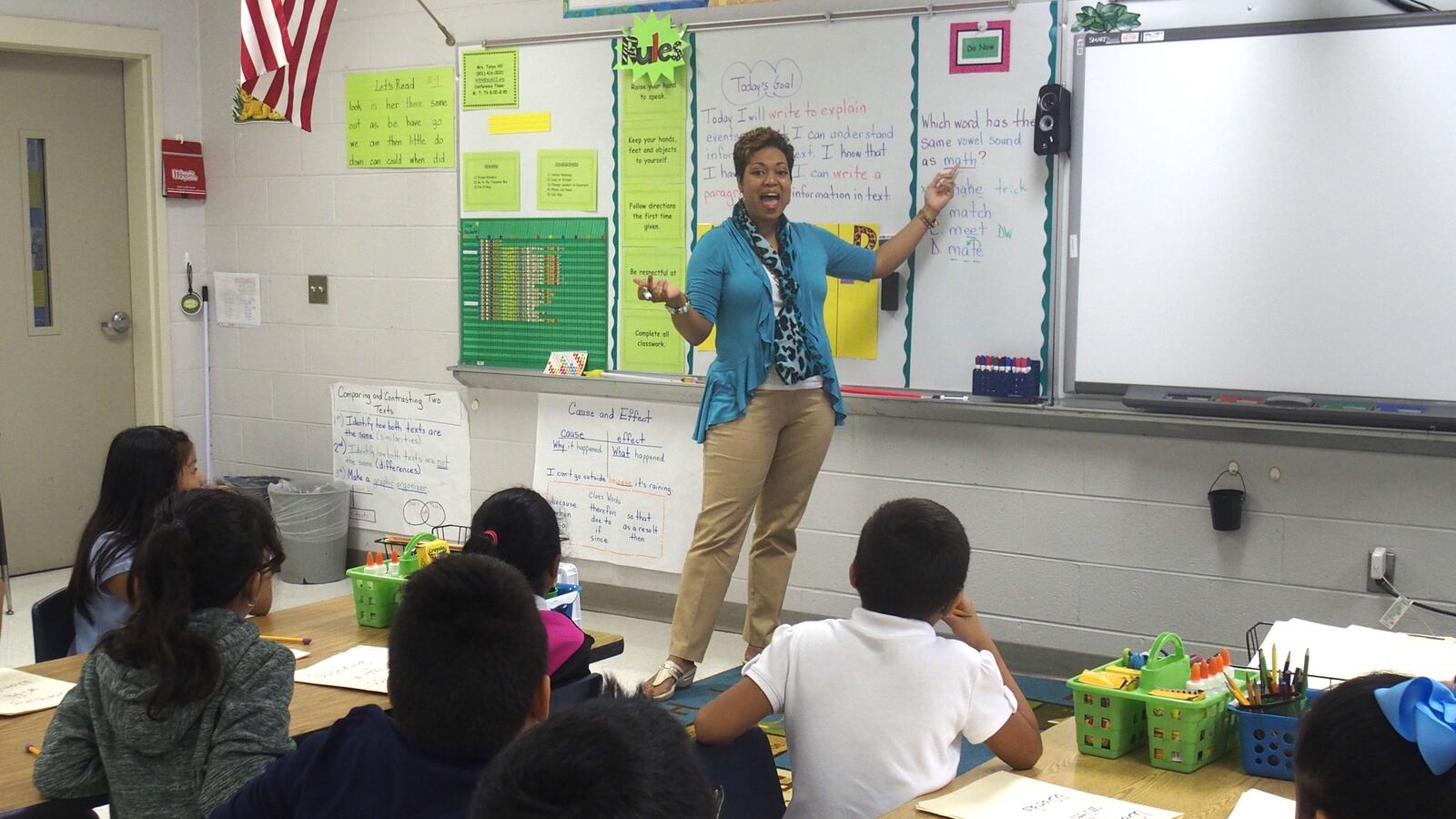Educators generally agree that a one-size-fits-all approach to teaching doesn’t work. Now school leaders in Memphis are saying it doesn’t work when distributing money to schools, either.
Beginning this July, Tennessee’s largest district will pilot student-based budgeting at up to eight schools, with the expectation of expanding to the entire district in three years. The goal is to distribute money more equitably.
Under the new method, each student brings to their school a certain dollar amount, which can grow based on factors like whether the student has a disability, is an English language learner, or comes from a low-income family.
That’s a big change from traditional budgeting, which distributes money primarily based on how much it costs to pay the salaries of adults who work in a building. The traditional model usually allocates less money to schools with high-needs students because they generally employ less experienced and lower-paid teachers.
The new approach would give principals more say in how they allocate money within their building. The system also appeals to those who want schools with greater challenges to receive more funding. And recently, student-based budgeting got a boost from President Donald Trump, whose proposed budget includes $1 billion in incentives for school districts with poor students that make the switch.
Leaders with Shelby County Schools have been working for more than a year with Education Resource Strategies, a Massachusetts-based consulting organization, to lay the groundwork for the transition. The method already is being used in districts in Nashville, Indianapolis, Denver, Boston and Houston.
David Rosenberg, a partner at Education Resource Strategies, said traditional budgeting models cater to the most politically savvy principals who find funds for academic programs and interventions in system loopholes. Student-based budgeting changes the dynamic to empower principals, making them more like CEOs than strict academicians. It also means principals will have to learn more about the complexities of budgeting.
“It works because you make it more flexible for schools and teams for how they see fit within parameters the district provides,” Rosenberg said.
During the next few months, the Memphis district will analyze how money is being allocated to its schools — which ones don’t have enough funds and which ones have too much under the new formula. The change will create winners and losers, and it’s the losers that concern some school board members.

The board is generally supportive of student-based budgeting and is scheduled next week to vote on a resolution endorsing it. But board members also want the transition to be as painless as possible in a district that they say is underfunded by the state.
Finance chief Lin Johnson reassured board members at a work session this week that the district can mitigate losses for schools with less money. Options include tapping a separate pool of money to lessen the shock and giving some schools an extra year for the transition.
“The goal is not to fund all schools equally, but equitably (and) to make sure the funding we have is meeting the unique needs of students,” he said. “We need to work with schools to provide training and examples, to give schools the support they need to maximize the resources that they have.”
In Metropolitan Nashville Public Schools, which fully switched to student-based budgeting 2015, about 60 percent of schools received more money than the previous year. The rest received the same amount.
In other districts, the model has had the effect of shaking up central office structures, increasing the need for fiscal oversight, and stretching principal capacity.
Below is a video from Nashville’s school district to explain how student-based budgeting was rolled out there.

